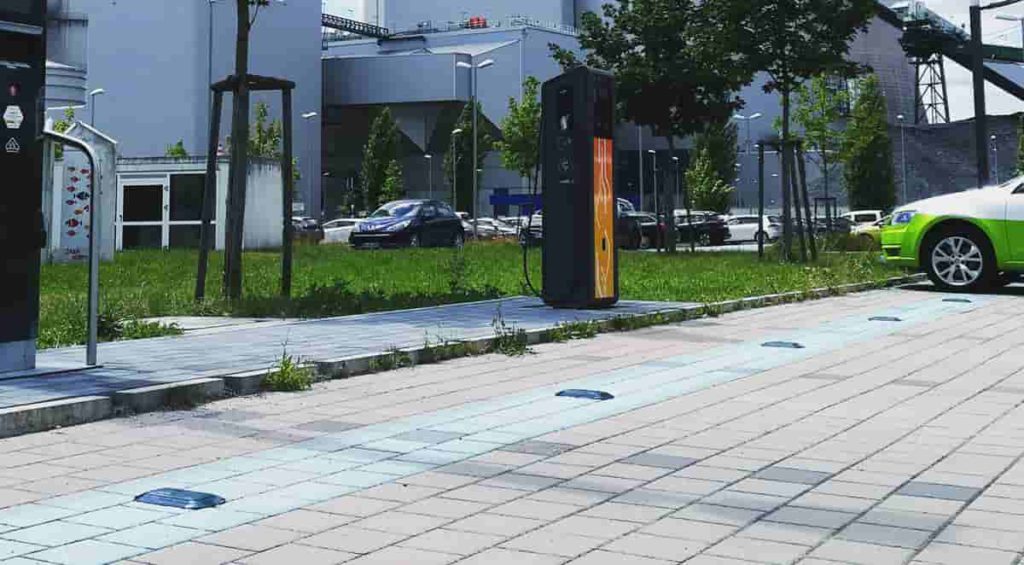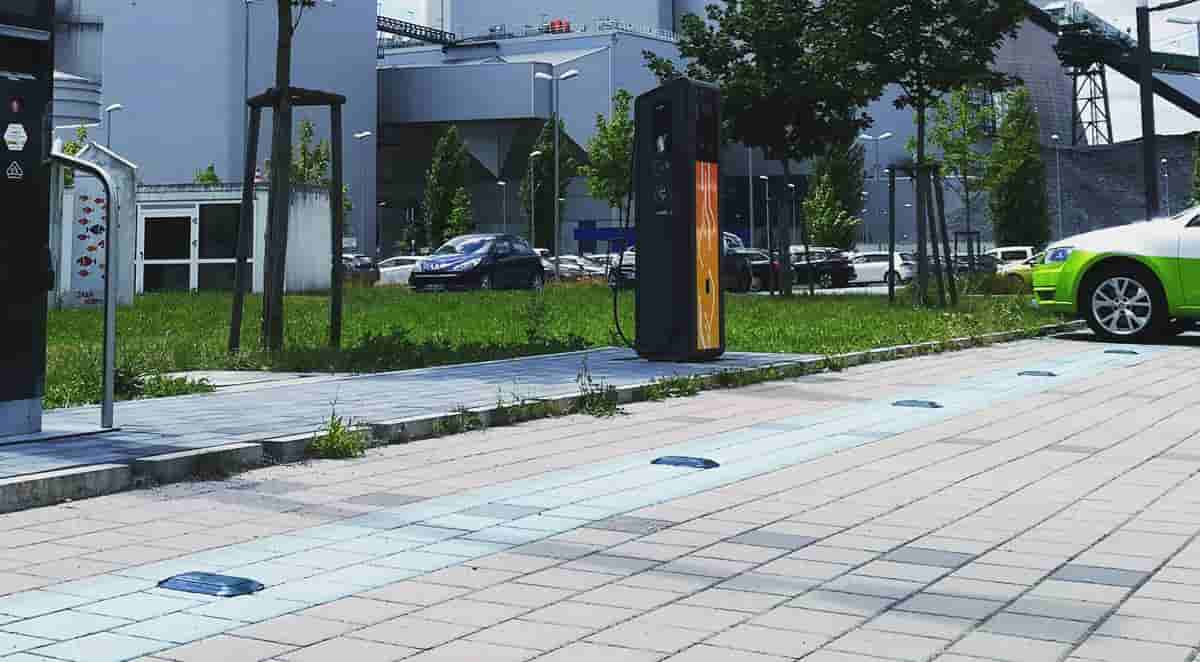Parking Sensors’ Advantages and Drawbacks
Once the biggest hurdle in a rookie’s way, parking is now easier with sensors. Parking sensors ensure that even the most inexperienced of drivers can safely park without running the risk of an accidental oversight. Let’s read parking sensors’ advantages and drawbacks.
Parking Sensors can be broadly classified into two types:
- Ultrasonic Parking Sensors
- Electromagnetic Parking Sensors
 Image Courtesy: Rutronik
Image Courtesy: Rutronik
Advantages of Parking Sensors
Evidently, the biggest advantage offered by parking sensors is convenience. Parking sensors remove the stress out of parallel parking in a tight spot without the worry of accidents and make it easier to maneuver in traffic. Since they alert the driver of objects that can’t be seen in the mirror, they also have safety benefits. Parking sensors help you park even in the most congested of areas. They are also of great use in a dark parking lot, facilitating parking in a smooth manner. In this sense, sensors are like having an extra pair of eyes at the back.
Ultrasonic parking sensors make use of sound echo to detect and calculate the distance between the car and other objects. These sensors are placed on the bumper of the car to ensure that the acoustic waves can travel uninterrupted. They alert the driver by beeping an alarm; as the car moves closer to the obstacle, the beeping increases in frequency.
Electromagnetic parking sensor systems set up an electromagnetic field around the bumper of the car. When an obstacle is detected within this field, the driver is informed of it. Electromagnetic sensors can be easily mounted inside the bumper of the car. They also typically have a wider field of detection than ultrasonic sensors.
Drawbacks of Parking Sensors
To sense accurately, ultrasonic parking sensors need to be placed on the bumper of the car, which means they need to be drilled into the bumper or stuck over it. Thus, ultrasonic parking sensors can ruin the appearance of your car. Moreover, they can detect only the obstacles that are present either in front of behind the car. Any obstacle that is present along the sides of the car will go unnoticed.
Electromagnetic parking sensors can detect barriers only when your car is in motion. Thus, if you are stopping while parking, chances are that the sensors will be unable to see any obstacle. While parking sensors may be extremely reliable in detecting obstacles such as walls or any other vertical objects that come in the way of a car in reverse, they are not as effective against flatter objects lying on the ground.
Whether you are an expert or a novice driver, parking sensors can aid you in parking your car without hassles. Regardless of the size of your car or the parking space, sensors cut down your parking struggles and prevent bumping into other cars or similar objects. However, they aren’t meant to replace a driver’s judgment and ability, which are important to safe driving and parking.

